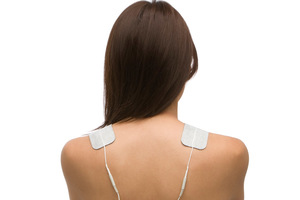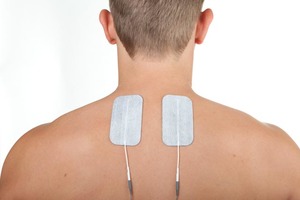Neck injuries include cervical whiplash, neck crick, sprains & strains and herniated disc
Neck injuries
Cervical whiplash
Cervical whiplash syndrome, or hyperextension-hyperflexion injury, is a common traumatic injury to the soft tissue structures around the cervical spine. It is caused by the successive flexing and sudden and excessive stretching of the neck.
This combination may cause a sprain in the flexing stage and, above all, an injury to the facetary joint in the spine during the stretching phase.
Neck crick
This is a term used to describe neck pain caused by sleeping awkwardly, working at the computer for long hours or sudden movements of the neck. The underlying cause is usually a muscle spasm, arthritis or a disc problem. At-home therapies can take care of a crick in the neck most of the time, but if the pain lasts longer than a week or disrupts your usual activities, get it checked by a doctor.
Muscle Strain
Although neck muscle strain is not unheard of, it is the muscles of the low back that are more prone to strain injury.
Neck Sprain
Neck sprains are often caused by falls or sudden twists that overload or overstretch the joint. Another cause is repeated stress to the joint. For minor and moderate sprains, rest and physical therapy are indicated.
Herniated Disc
Herniated disc occurs when the soft substance on the inside of the disc is pushed out. Should this substance land on a nerve root, it is painful and there may be weakness, numbness and/or pins and needles down your arm. Treatment generally starts with analgesia and physical therapy, but may proceed to surgery in severe cases.
SportsMed TENS therapy for Neck strain
After a diagnosis of mild to moderate neck injury your injury management plan should include treatment as often as possible.
SportsMed is the TENS, ECS and EMS machine we suggest to aid repair of mild to moderate neck injury.
SportsMed electrotherapy can be used everyday - outside the clinic - for drug-free, on-demand pain relief. It is also designed and programmed to aid circulation, reduce inflammation, hasten healing and help with muscle strengthening.
User guide
Please read the User Guide which comes with your TENS unit
Pad placement - neck strain
Pain relief - place pads where they are comfortable and most effective for pain relief
Injury healing - pads are placed at the location of the injury
Muscle rehabilitation - the generic advice is to place one pad at the top of the muscle and the second pad one-third along the length of the muscle you wish to strengthen. You may need to consult your physiotherapist for specific guidance on which muscles to target.
If you have any questions please phone our office for further advice.




